EASTER GETAWAY BUNDLES - SHOP NOW
Smoking Pork Shoulders
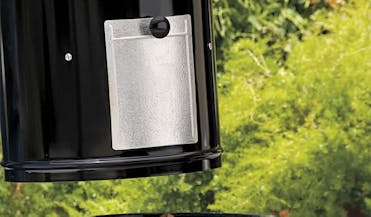
Step 1:
A water smoker can maintain temperatures between 110° and 130°C for several hours, which is exactly what you need in order to break down the connective tissue in pork shoulders.
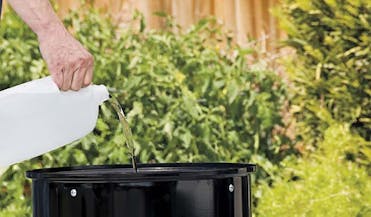
Step 2:
Fill the water pan in the middle section of the smoker. It will absorb some of the heat from the charcoal and release it slowly along with some humidity.
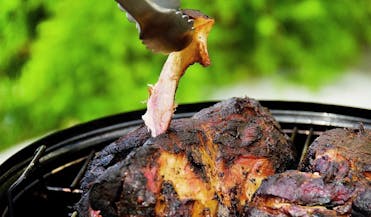
Step 3:
Smoke the shoulders over indirect very low heat, with the lid closed, adding a couple of wood chunks to the coals every hour for the first 3 hours. After 8 to 10 hours of roasting, the meat will be so tender that you will be able to slide the bone cleanly out of the shoulder (the internal temperature should be 92 to 95°C).
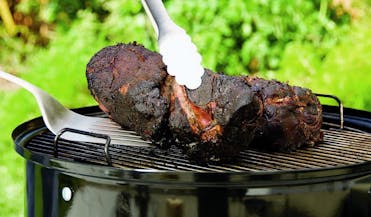
Step 4:
Ideally you will need both a spatula and a pair of tongs to remove the shoulders from the smoker without the meat falling apart. Tightly cover the shoulders with aluminium foil and leave to rest for 30 minutes.
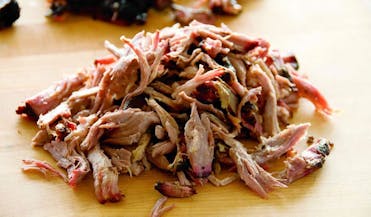
Step 5:
Shred the meat using your fingers or two forks. Discard any clumps of fat, but hold onto the crispy bits of ’bark’ that have developed on the outside of the meat.
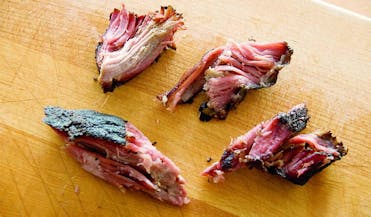
Step 6:
The pinkish colour of the meat is a good sign that smoke has penetrated the surface and filled the pork with authentic barbecue flavour.
